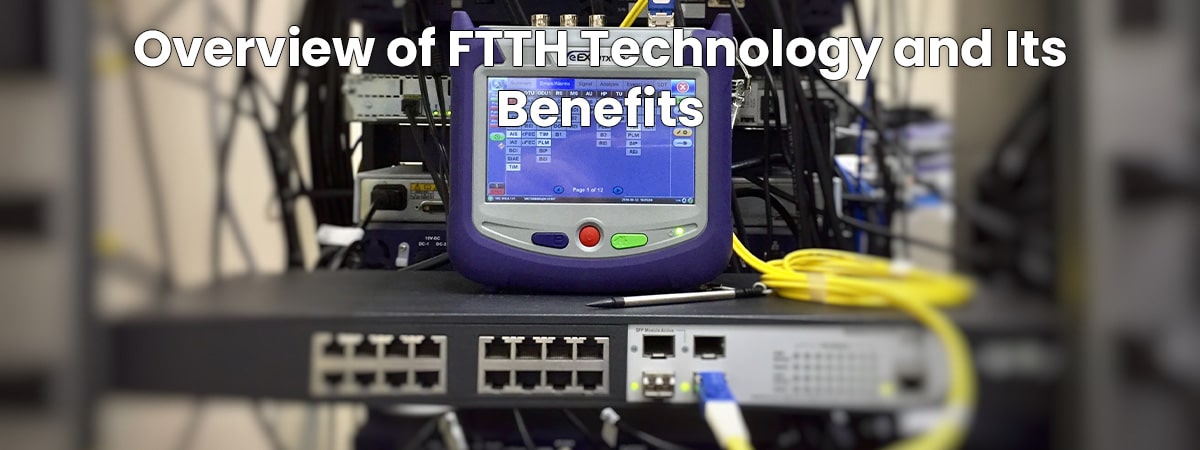Introduction
Fiber-to-the-Home (FTTH) is an advanced broadband access technology that is rapidly becoming the preferred option for high-speed internet access. It uses fiber-optic cables to deliver high-speed internet directly to a home or business. This technology offers many advantages over traditional cable and DSL connections, such as faster speeds and more reliable connections. Additionally, FTTH has the potential to revolutionize the way people use the internet and open up new opportunities for businesses and consumers alike.
Overview of FTTH Technology
FTTH is a broadband access technology that uses optical fiber cables to deliver internet services directly to a home or business. These cables are made up of thin strands of glass, which can carry data at much higher speeds than traditional copper cables. FTTH eliminates the need for expensive phone lines and coaxial cables, as it uses light to transfer data. This technology can deliver internet speeds of up to 1 Gbps (1,000 Mbps) or higher, making it an ideal choice for those who need a reliable and fast connection.
FTTH is typically deployed using two different technologies: Point-to-Point (P2P) and Passive Optical Network (PON). P2P is a direct connection between a service provider and the end user, while PON is a shared network that allows multiple users to connect to a single access point. Both technologies have advantages and disadvantages, and the choice of which to use depends on the user’s specific requirements.
Benefits of FTTH
FTTH offers a number of benefits over traditional cable and DSL connections. It provides higher speeds and more reliable connections, making it ideal for users who need to transfer large amounts of data or stream high-definition video. Additionally, FTTH is more secure than other broadband access technologies, as it does not require the same equipment or wiring as cable or DSL. It also offers more scalability and flexibility than other technologies, as it can easily be upgraded to provide faster speeds and more bandwidth.
Another key benefit of FTTH is its cost-effectiveness. FTTH can be deployed over existing infrastructure, eliminating the need for costly upgrades or new installations. Additionally, FTTH is more energy efficient than other access technologies, as it requires less power to operate. This makes it an attractive option for service providers, as it can reduce their operational costs.
Conclusion
FTTH is an advanced broadband access technology quickly becoming the preferred choice for high-speed internet access. It offers many advantages over traditional cable and DSL connections, such as faster speeds, more reliable connections, enhanced security, and cost-effectiveness. Additionally, FTTH has the potential to revolutionize the way people use the internet and open up new opportunities for businesses and consumers alike.
